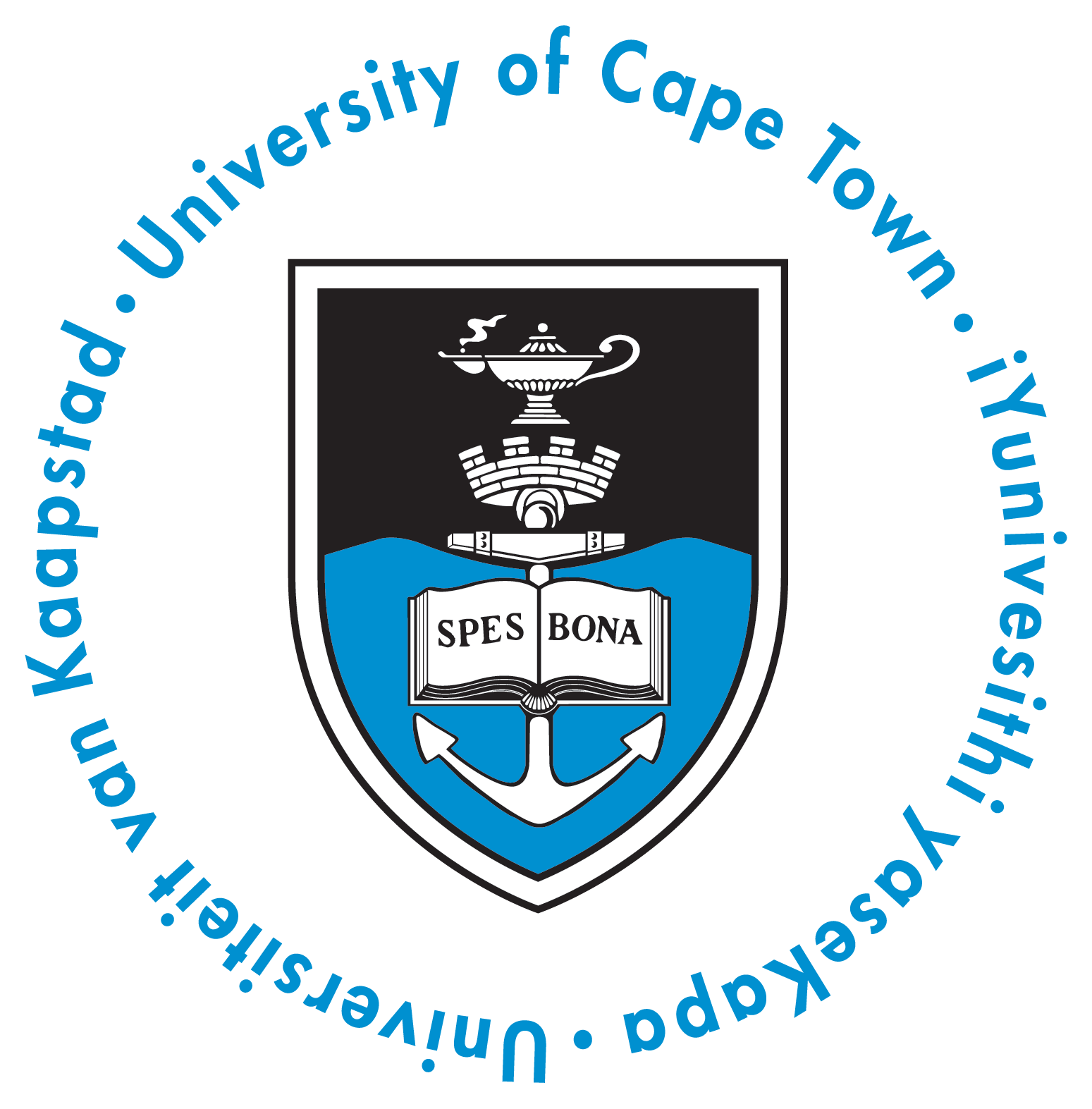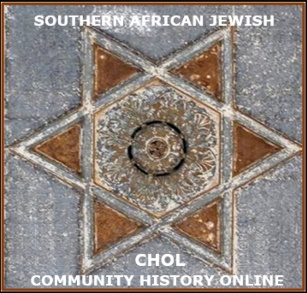
Oudtshoorn Synagogue page
The first Jews to arrive in the area in the 1850s were from Britian and Germany. Immigrants from Lithuania started arriving in the 1880s. They got together to pray in private houses. On the High Holidays they rented the feather market hall. With an influx of immigrants from Shavel in Lithuania the number of Jews grew to about 250. They formed a community in 1984 and by 1886 they decided to build a synagogue.
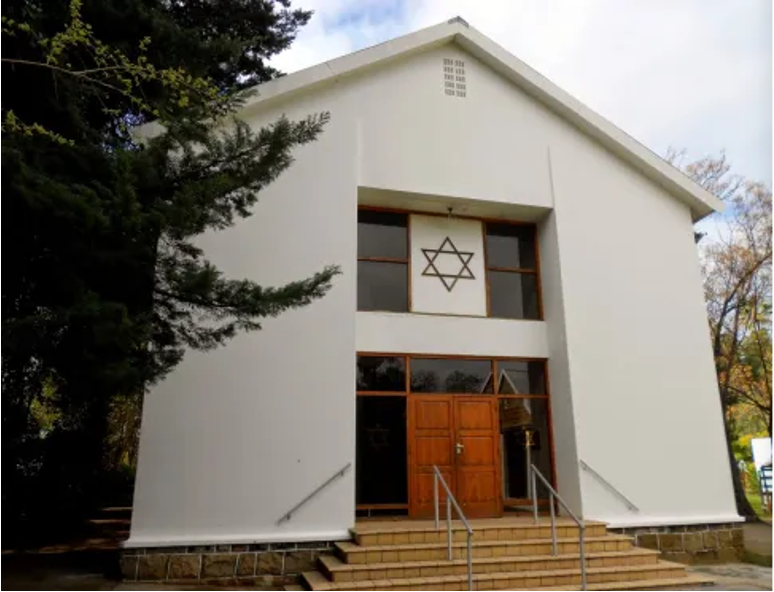
The Queen Street Synagogue – Der Englische Shul – opened in 1888
The Afrikaner farmers respected the Jews as people of the book. The minister of the local church said in his sermon: 'What a glorious thing it would be to have the children of the Old Testament worshipping in our midst.' One of the Afrikaners donated two plots for the synagogue, while another donated the stones and had them brought to the site. Architectural plans were drawn up by the architect George Wallis and approved. Building commenced on 26 January 1888, with Rabbi Orenstein of Cape Town laying the foundation stone, and by December the synagogue was inaugurated.
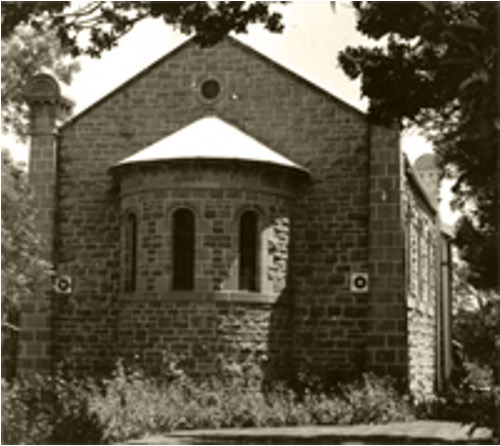
In the year of the opening of the synagogue Rabbi Wolfson arrived in the Cape Colony to take up duties in the Transvaal town of Barberton but instead he took up the position of Rabbi in Oudtshoorn, where he served the community for over fifty years from the pulpit of what would be eventually known – by the opposition – as Der Englische Shul.
A new influx of fervently religious immigrants from the village of Kelme, near Shavel, found this first synagogue too English in its rituals.
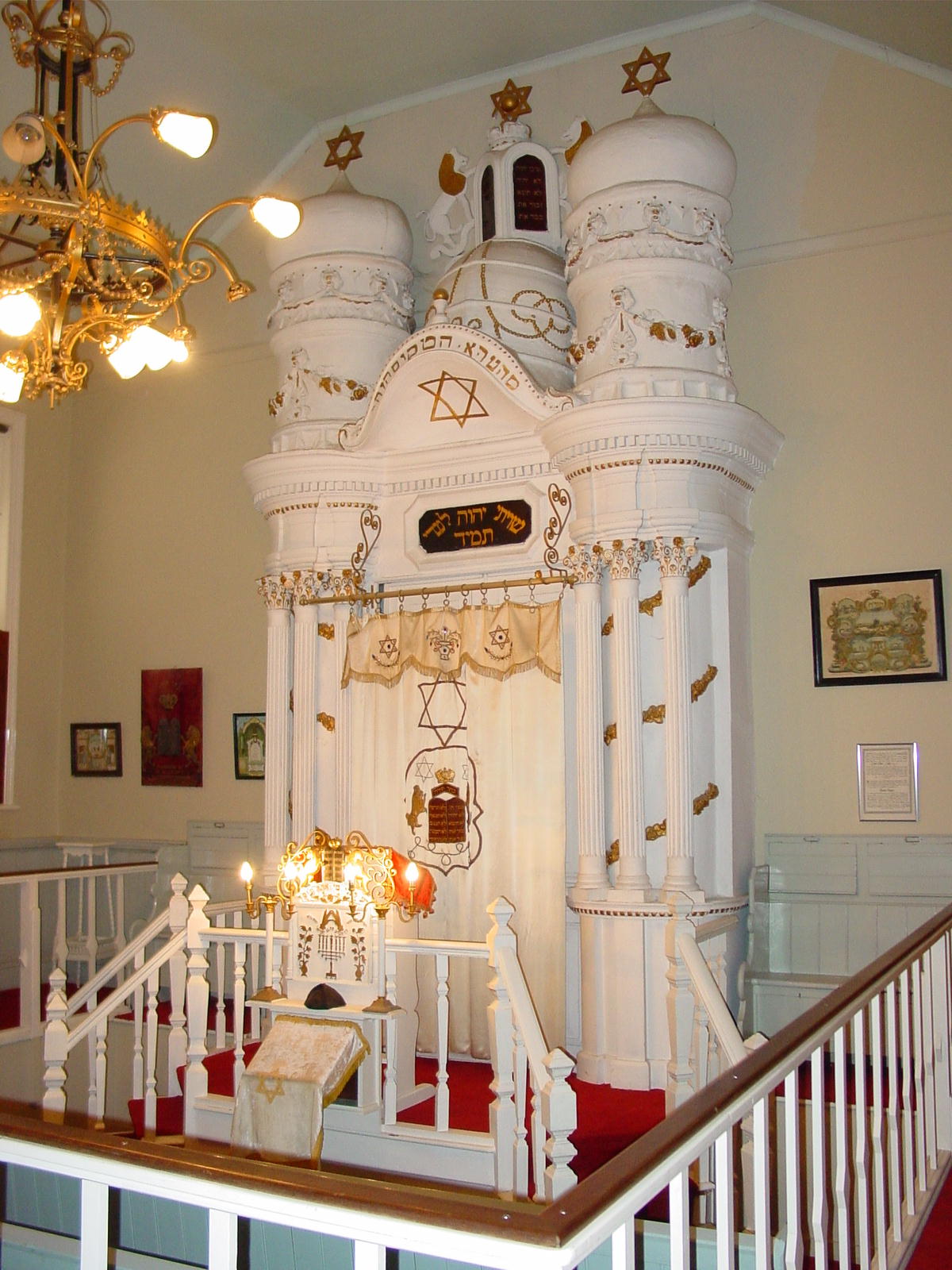
Today in CP Nel Museum in Oudtshoorn
on the initiative of Bernard Medintz.
The St John's Street Shul – Der Griener Shul, 1892
As happened in most parts of the country and indeed the world, where Jews from the Pale immigrated in the late 1880s and the early 20th century, the newcomers, called Grieners, who were fervently religious, set up their houses of study and prayer, the Beit Hamidrash. In places like Oudtshoorn and Kimberley where there was already an established Hebrew Congregation, the newcomers were not at all satisfied with the lax devotions, or with following English ritual with rabbis sent out from England. The Queen Street synagogue operated only on Shabbat and Yom Tov and did not provide study facilities. The newcomers wished for daily services and for a study hall where they could pray and study all day. It became essential for them to set up their own place of worship.
In 1892 the Kelme Jews split from the established community and built a second synagogue on St Johns Street. Nicknamed by the established community as Der Griener Shul, they strove to re-create the atmosphere of their beloved hometown synagogue and graft it into the Karoo. The result was a copy of a Lithuanian heimland synagogue as they knew and loved it in Kelme, decorated with original Lithuanian-style Jewish handicraft, silver work and embroidery.
The seats, bimah and the ark itself were all built by members of the St John's Street Synagogue. Most of the other decorations and ornaments in the synagogue were also made by the members and are therefore unique. The ark of the St. John's Street Griener Shul was said to be an exact replica of the one in the synagogue in Kelme.In 1904 Oudtshoorn established the first Jewish government school ever in South Africa. This primary school gave a general education together with daily Hebrew classes as part of the syllabus.
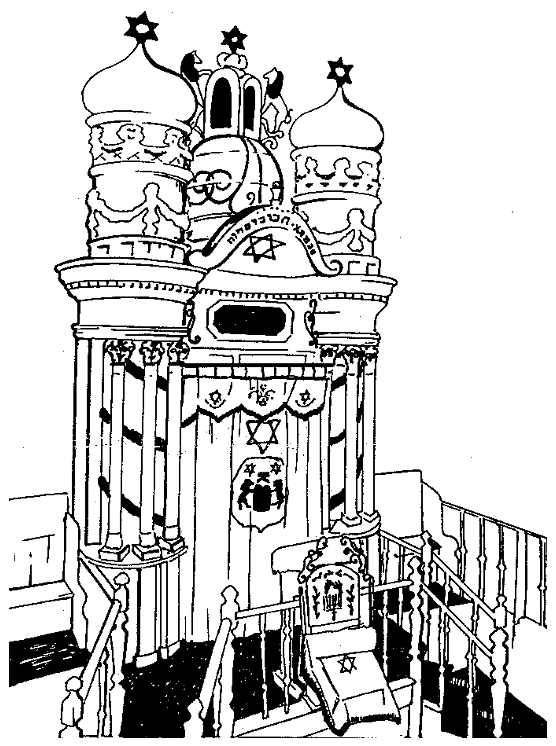
Oudtshoorn and the ostrich feather business flourished in the years from 1900 to 1914, when there were said to be 600 Jewish families in the town.
In 1914 when war broke out in Europe the feather market crashed. Many Jews lost their fortunes and left the town.
By 1955 there were only 150 families left.
In 1973 the St Johns Street Synagogue closed. The contents, including the magnificent onion-domed ark, which had been modelled on the ark in the synagogue in Kelme, together with the front pews were moved to the CP Nel Museum in Oudtshoorn, where they remain on display.
Poignantly this is now the only evidence of the synagogue in Kelme. The original was destroyed and the remaining Jewish community of Kelme were all murdered by the Nazis.
At the time of the centenary in 1984 only 17 families remained, five of whom are ostrich farmers, with community life still centred around the Queen Street (now Baron van Reede Street) Synagogue.

